. Devour





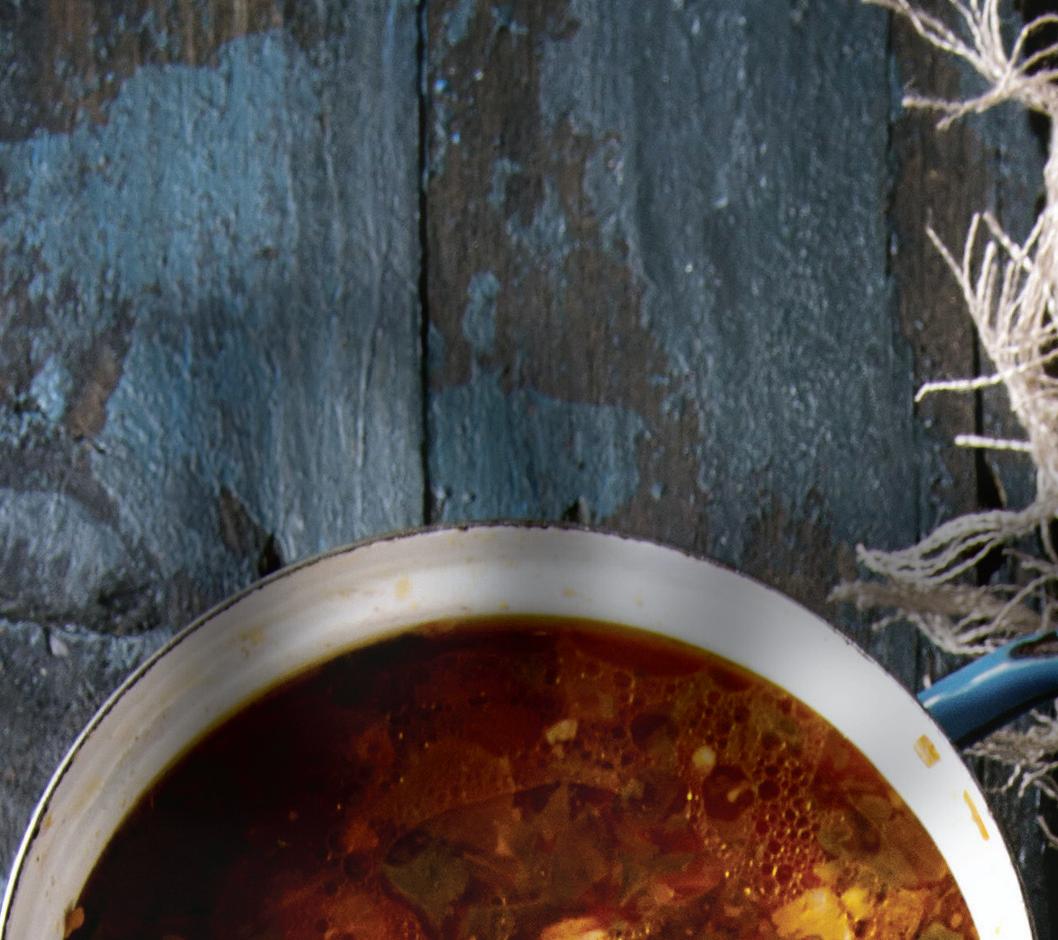






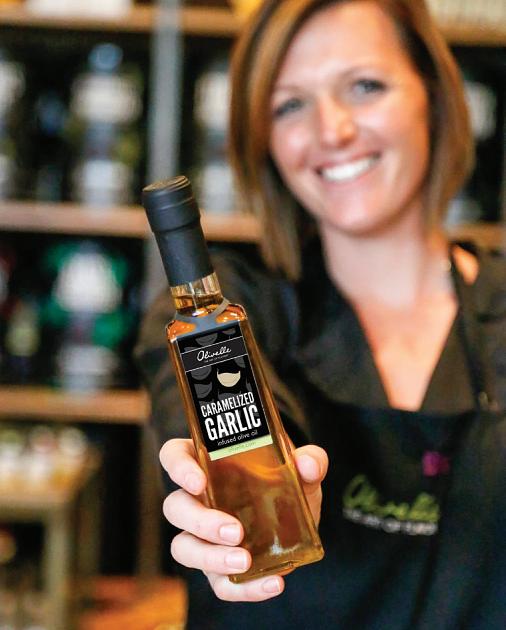





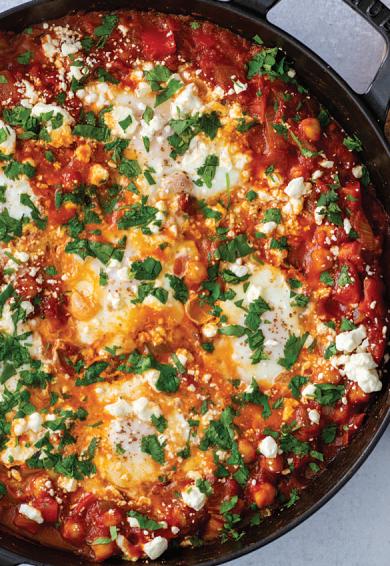










































The Bozeman Community Food Co-Op is one of the area’s major job providers, employing up to 200 people depending on the season. But General Manager Kelly Weisman can remember when he was one of only a few paid workers at the local independent grocery store.
Weisman started his decades-spanning career in the store’s early days as a volunteer cashier in 1986 while
attending Montana State University. At that point the CoOp had been around for 7 years and was largely volunteerrun. Originally known as the Crossroads Consumer Services Co-op, the store was started in 1979 by a small group of individuals who were seeking more control over their food supply.
They aimed to “bring in the type of food that they weren’t able to buy in Bozeman at the time,” Marketing Manager





Alison Germain said.

In 1989, Weisman became a full-time co-manager of the store, one of just three staff members, and witnessed the store quickly grow and develop.
“It was really challenging. We didn’t have any money, and I didn’t know anything about the grocery business,” Weisman said. “It kept changing every year as we grew, so we figured out how to make the store better.”
Since then, the business has moved into its current location on Main Street and they’ve opened a smaller store in downtown Bozeman, which specializes in prepared foods, all of which are made by their staff using fresh ingredients (as is also the case with their bakery items).
“All of our prepared food are made from scratch in-house on a daily basis,” Germain said. “We really utilize whatever is fresh and seasonal and local.”
From the Co-Op’s founding, the store has worked to source and provide the Bozeman region with organic and local produce, meats and products in order to support a “sustainable food system,” Germain said.

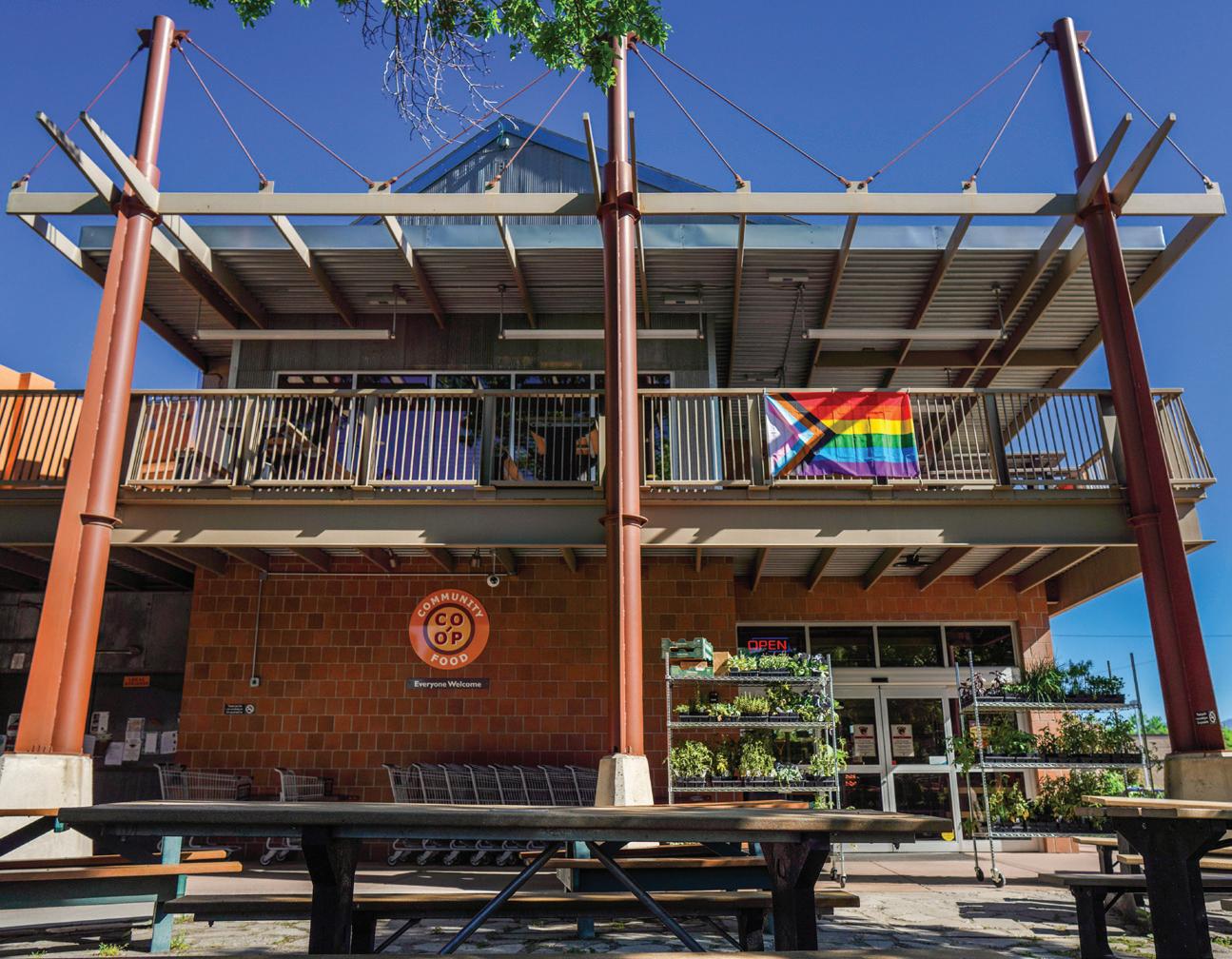
“Organic is better for the environment, better for animals and better for people.”
The store has always focused on fostering relationships with area farmers and ranchers.
“No one used to sell local food before we did,” Weisman said. “We were early on major supporters of a lot of local
foods and goods initiatives by people.”


“The more of our food that comes from the surrounding area, that’s just that much more open space that’s preserved,” he said. “[And] It builds an economy that’s a little more resilient than if everything comes from out of state.”
The Co-Op also prioritizes supporting the community with their “Apple a Day” program, in which they give $0.20 of every apple sold to a different non-profits in Gallatin Valley each month. In 2022 they donated over $30,000.
“We have been owned and grown by this community since the beginning so it just makes sense for us to give back,” Germain said. “Our mission is to provide good, healthy organic and local food to our community, and one of our other missions is to give back to the community.”
The store is equally owned and operated by all its member owners. Customers can purchase a lifelong membership for $35, which gives them a stake in the Co-Op and additional benefits, though all are welcome regardless of member status.
Weisman said that the company’s success and changes over the years has “proven that you can grow up completely from nothing.” He believes that they will only continue to develop and evolve in the future, including possibly opening another store location at some point.
“I think the sky’s the limit on what we might end up doing in the future, so that’s pretty cool.”









Cookies garner a lot fanfare. They’re given as gifts and shared with family and friends. Rolled and cut cookies get the bulk of the attention, especially when frosted and decorated to perfection. But plenty of classic cookies are equally at home on cookie plates or nestled in cookie jars.

This recipe for “Thick Chocolate Chunk Cookies,” courtesy of “Live Well Bake Cookies” (Rock Point) by Danielle Rye creates huge, gooey cookies that are big on chocolate flavor. On occasions when chips won’t do, chocolate chunk cookies can add sweetness to any event.


Makes 14 cookies
3 cups all-purpose flour, spooned and leveled
1 teaspoon baking soda
1 teaspoon salt
1 cup (2 sticks) cold, unsalted butter, cubed into small pieces
1 cup packed light brown sugar
1/3 cup granulated sugar
2 large eggs
2 teaspoons pure vanilla extract






1 bag semisweet chocolate chunks


1. Line two large baking sheets with parchment paper or silicone baking mats and set aside.

2. In a large mixing bowl, whisk together the flour, baking soda and salt until well combined. Set aside.



3. In the bowl of a stand mixer, fitted with the paddle attachment or in a large mixing bowl using a handheld mixer, beat the cubed cold butter, brown sugar, and granulated sugar together for 2 to 3 minutes, or until well combined.

4. Mix in the eggs, one at a time, then mix in the vanilla extract, making sure to stop and scrape down the sides of the bowl as needed.
5. Mix the dry ingredients until just combined, then mix in the chocolate chunks on low speed until fully incorporated.



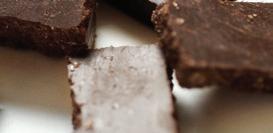



6. Using a 1/3-cup measuring cup, measure out the balls of cookie dough onto the prepared baking sheets, making sure to leave a little room between each one.
7. Cover the cookie dough balls tightly with plastic wrap and refrigerate for at least 2 hours.
8. Preheat the oven to 350 F.
9. Remove the baking sheets from the refrigerator and bake the cookies for 15 to 18 minutes, or until the tops are set and the edges are lightly browned. Remove from the oven, and allow the cookies to cool on the baking sheets for 15 minutes, then carefully transfer the cookies to a wire rack to cool completely.
10. Store the cookies in an airtight container at room temperature for up to a week.

A: I’ve been there for[…] 6 years now and what brought me here is… obviously there’s numerous reasons, [but] just the fact that Chico is this historic place that’s kind of a legend in Montana, but mainly it was the culture here. This is a mom and pop operation. And I work very closely with the owner, and to be with someone who genuinely cares [is important]. He genuinely cares about the guest and the staff. I think that’s what brought me here and keeps me here.
Q: The Dining Room at Chico Hot Spring specializes in modern American cuisine. Why were you drawn to preparing this type of food as a chef?
Dave Wells Executive Chef
 By Jennifer Verzuh
By Jennifer Verzuh
Chico Hot Springs Resort is known across the state and beyond for their unique natural mineral hot springs pools, but they’ve also developed a reputation for fine dining. Since the 1970s, Chico’s Dining Room has specialized in modern American cuisine, serving fresh, local produce and meats. Executive Chef Dave Wells recently chatted with us about he and his team’s mission to “provide an unforgettable experience to anyone that comes here.”
Q: How long have you worked at Chico Hot Springs Resort and what brought you there?
A: It’s influenced by cultures around the world, and that’s what makes it so interesting. You’re able to draw upon many different cuisines. It gives you an opportunity to explore those cuisines. It’s kind of like an open book. You’re able to really learn. But also, the seasonality of it and then the importance of using local products [is a draw].
Q: How do you incorporate locally sourced produce and meats into the menu?
A: There’s a variety of ways. Obviously working with Montana ranchers. We have purveyors here that are able to provide us with local products. But the biggest thing here is we have a garden onsite, and we work that into our menu as much as possible. It’s actually expanding to where we have a geothermal greenhouse, so we’re still getting tomatoes and herbs from our greenhouse. It’s really expanding and we’re trying to see how to grow more.
Q: How would you describe your typical work day?




A: (laughs) To say a cliche, there’s not really a typical workday. You never really know what to expect when you walk through the door.
Q: What is your favorite part of your job?


A: Favorite part of the job is the people. There’s a lot of good people that work here at Chico, and I really enjoy being able to work with them. And of course the guests that come here. We have people from all around the country and all around the world who come here. It’s what make it rewarding to be here is all the people that you get to interact with
Q: What is your favorite dish to prepare in the kitchen at the restaurant?
A: So here at the restaurant I don’t know if i have a favorite dish per se. My favorite time to cook is when we are doing tasting rooms in the summer, and our garden is in full swing and we’re just blessed with this wealth of

produce. I can just literally walk over to our gardener and grab produce. So anything that has to do with that.
Q: What do you hope guests take away from their dining experience at Chico?
A: I hope that they would be able to see the passion and the dedication of the employees here and see the work that they put in to try and provide the best possible experience for our guests and i hope that they would see the sincerity in that we do love our jobs we do love our guests and truly enjoy being able to provide an unforgettable experience to anyone that comes here.
The Chico Dining Room is located at 163 Chico Road in Pray. They serve a continental buffet breakfast for guests, Sunday brunch and dinner nightly from 5 p.m. to 9 p.m. Dining reservations are required and can be made by calling (406) 333-4933.
Please note that responses have been edited and condensed.













 By Gustav Gentaro Dose Founder, Mountains Walking Brewery
By Gustav Gentaro Dose Founder, Mountains Walking Brewery


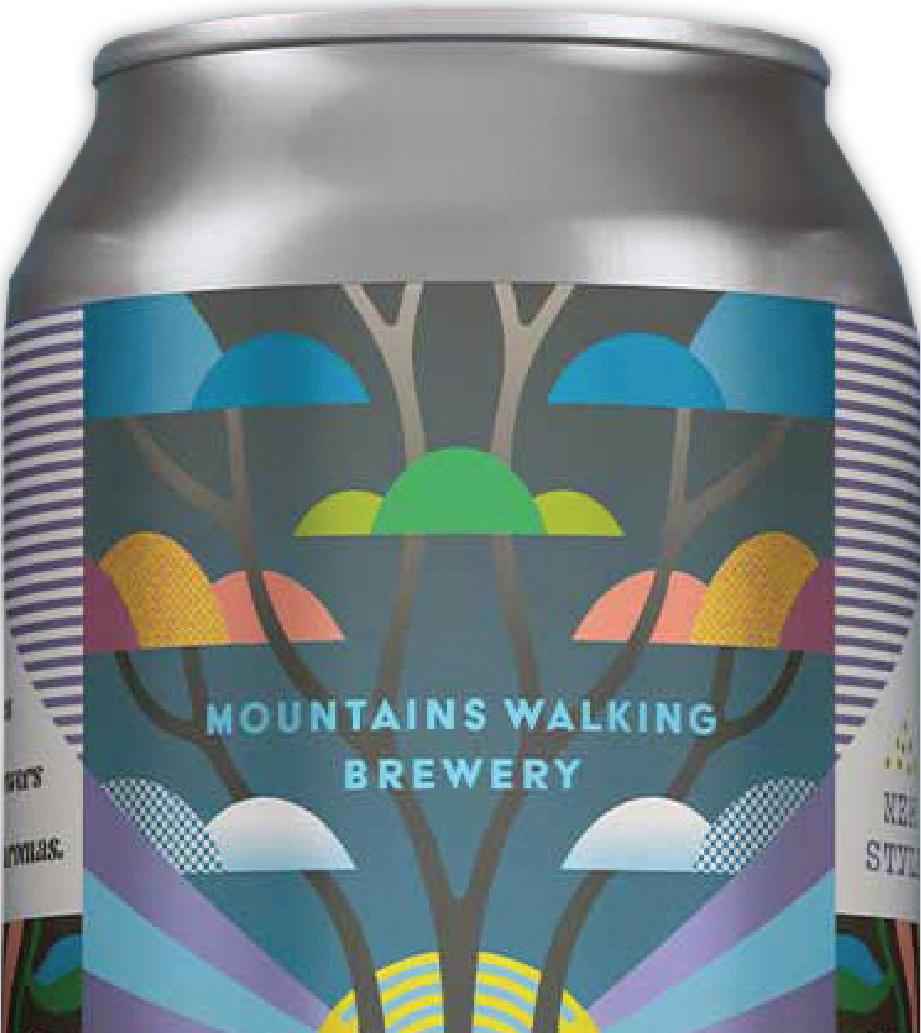



Mountains are a daily fact of life in Bozeman. Look up, and there they are. In his “Mountains and Waters Sutra,” 12th century Japanese philosopher Eihei Dogen says, “When your understanding is shallow, you doubt the phrase mountains are always walking.”
It seems that this phrase, mountains walking, destroys boundaries and dissolves the division between mountains and people. The two words put together may make you stop and think.








Nearly everyone in Bozeman has been walking in the mountains, so this is not a remote or abstract proposition. People ask me all the time “What is the meaning of Mountains Walking?” Yes, exactly.
Mountains Walking Brewery wants to draw you in, if you choose, to a conversation which you are very much a part of. The interaction is what we make of it, in real time, about beer, people and the mountains, really nothing is left out. People coming into our tasting room, or buying our beer off the shelf, is where the rubber meets the road. I am grateful that Mountains Walking has connected with people across the state, county and even internationally. I don’t think any other brewery in Montana has had this kind of reach. However, my real desire is to dig deep in our own backyard of Montana and continue a conversation with our friends here.
In the sky there is no east or west, we make these distinctions in our mind, and then we believe them to be true. In the world everything comes from the mind, in life we can study this mind and this created self,to ultimately let it go. One can see clearly in the world today an unexamined mind is a very dangerous thing. But before I get too sideways, my idea for this article is to steer all of this philosophy into
introducing a new beer we recently released called: Sky Flowers.
“To think that Sky Flowers stop existing once they disappear is to see them with obscured eyes,” Dogen wrote.
Sky Flowers is the product of over a year of experimentation with Terpenes. Terpenes are aromatic compounds found in many plants giving them their unique flavor and aroma. Many people commonly associate them with Cannabis, because Cannabis plants contain high concentrations of them. These Terpenes create the character scent of many plants, which
draw us towards these plants. Terpenes may also offer some health benefits, and scientists are working to learn more.
With Sky Flowers, we’ve created three versions: Citrus, Tropical and Berry.
Sky Flowers showcases what Mountains Walking is all about: innovation, experimentation and, perhaps most importantly, making beer that people love to drink that will encourage our customers and newcomers alike to keep going along this journey with us.


With much gratitude, Gustav



People choose to adhere to a vegetarian or vegan diet for various reasons. Some people avoid animal products because of ethics, while others want to control their weight with low-calorie foods. Still others may have food allergies or intolerances that make a vegetable-based diet their best option.





Cooking vegetarian or vegan can introduce a person to
a wide variety of new foods and flavors. That’s why even people who eat meat like to periodically experiment with vegetarian or vegan foods.
When the weather starts to cool, soups and stews become staples of many people’s diets. With this recipe for “Four Bean Chili” from “Vegan Cooking for Beginners” (Publications International, Ltd.) by the PIL editors, home cooks can experiment with a meatless chili that doesn’t skimp on flavor even if it isn’t brimming

with beef, pork or lamb.
FOUR BEAN CHILI
Makes 8 to 10 servings
2 tablespoons olive oil
1 onion, finely chopped
2 medium carrots, chopped
1 red bell pepper, chopped
3 cloves garlic, minced
2 tablespoons tomato paste
2 tablespoons packed dark brown sugar
3 tablespoons chili powder

2 tablespoons ground cumin

1 tablespoon dried oregano
1 teaspoon salt
1 can (28 ounces) diced tomatoes
1 can (15 ounces) tomato sauce
1 can (15 ounces) small white beans, rinsed and drained
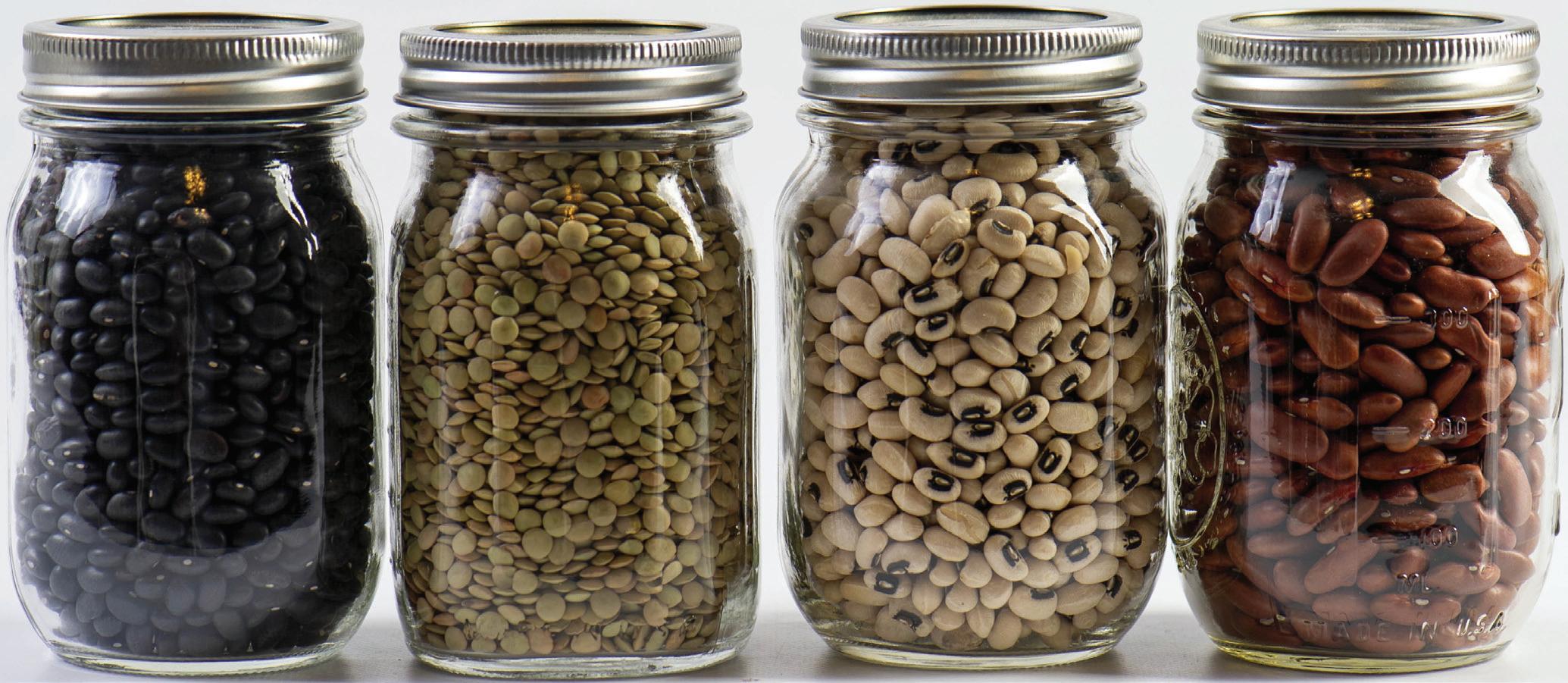
1 can (15 ounces) light kidney beans, rinsed and drained

1 can (15 ounces) dark kidney beans, rinsed and drained
1 can (15 ounces) pinto beans, rinsed and drained
1 cup vegetable broth
1 can (4 ounces) diced mild green chiles
1 ounce unsweetened baking chocolate, chopped
1 tablespoon cider vinegar.

Heat oil in large saucepan over medium-high heat. Add onions, carrots and bell pepper; cook and stir 10 minutes or until vegetables are tender. Add garlic, tomato paste, brown sugar, chili powder, cumin, oregano and salt; cook and stir 1 minute.
Stir in tomatoes, tomato sauce, beans, broth, chiles, and chocolate; bring to a boil. Reduce heat to medium; simmer 20 minutes, stirring occasionally. Stir in vinegar.
Chili is even better served with cornbread. Make batter while the vegetables are cooking in step one and bake it while the chili is simmering.
CORNBREAD
Makes 12 servings
3 tablespoons boiling water
1 tablespoon ground flaxseed
11/4 cups all-purpose flour
3/4 cup yellow cornmeal
1/3 cup sugar
2 teaspoons baking powder

1 teaspoon salt
11/4 cups plain unsweetened almond or soymilk
1/4 cup vegetable oil
Preheat oven to 400 F. Spray 8-inch square baking dish or pan with nonstick cooking spray. Combine boiling water and flaxseed in small bowl; let stand until cool.
Combine flour, cornmeal, sugar, baking powder, and salt in large bowl; mix well. Whisk almond milk and oil in medium bowl until well blended. Add to flour mixture with flaxseed mixture; stir just until dry ingredients are moistened. Pour batter into prepared baking dish.
Bake 25 minutes or until top is browned and toothpick inserted into center comes out clean.


I’m sure by now everyone is tired of hearing about dry January and other resolutions. I know I am. Now, I’m not saying going dry is a bad thing, as in many cases medical and other reasons require it. Short of that though, why go dry? Why not just go dry-ish, or simply just practice a bit more of conscious consumption?
One option is to drink only on the weekends. It’s really that easy, especially now with many great non-alcoholic options available. I’m always surprised by how much less I consume when I limit myself to the weekends, say Thursday through Saturday. During the early part of the week I’ll grab a non-alcoholic beverage if I want a drink with dinner. Right now my personal favorite is the Lautus nonalcoholic sparkling wine and Abstinence Aperitif, combine the two and it makes for a delicious spritz. Saying no to yourself isn’t really that fun though.
You can drink non-corporate wines. What the heck does that mean? It means don’t drink the wines you see in every store across the aisle from trash bags, paper towels or whatever.

If you don’t already have a good, local wine store you go to, find one. You will find people that know and care about what they are selling. There are a few things you can ask these friendly folks that will help you get a clean and tasty wine, something you don’t mind consuming in moderation. Think of it as eating a highly processed food or a more natural, lessprocessed food. Ask about beverages made by a family that grows the fruit or grain themselves, the sustainable, organic, or biodynamic production and about the story behind the wine. Corporate wines don’t have stories, non-corporate ones do.

I also recommend drinking cans, boxes and splits. All sorts of delicious adult beverages come in alternative packaging now; cans that are about equal to one glass, boxes that stay sealed and fresh and splits, also known as half bottles. Look for these options, it can be easy to down a bottle simply because it’s open, that’s not an issue here.
What about cutting sugars, sulfites and calories? We would be remiss not to talk about these things. They’re a great reason to limit one’s consumption. If you’re looking to limit calories you simply have to drink less, alcohol has calories and that’s just what it is.
If you’re looking to cut back on sugar, most wines have little to no sugar, it’s the food for the yeast that makes the alcohol after all. It’s tricky, but in a nutshell, our palates pick up sweetness, which is different from fruitiness, at about six grams of sugar per liter. One bottle of wine we perceive as lightly sweet would have around two grams of sugar per glass. Very often wines from the old world or made traditionally are left with little to no sugar, maybe a half to one gram per glass. That isn’t much considering your average apple has around 19 grams of the same sugars. Telling the difference between sweetness and fruitiness in wine is hard, but one simple test is taking a drink and then plugging your nose. If the sensation goes away it’s fruitiness. If it stays, and your tongue and teeth feel coated, it’s sweetness.
What about sulfites? That’s difficult because they naturally occur in wine. Removing them can be a very harsh physical or chemical process. Most of the time sulfites get blamed for the nasty things histamines do to us, and white wines contain more sulfites than red wines.
Just some things to think about in this new year. Cheers and happy conscious consumption!




Weather-related flight delays or cancellations are often the cause of much frustration. However, one timely storm nearly 80 years might just have paved the way for a beloved beverage.
In 1943, Joe Sheridan was working as a chef at the Shannon Airport in Ireland. According to the Foynes Flying Boat and Maritime Museum, on one fateful night, a flight bound for Newfoundland was forced to return to the airport in Foynes due to inclement weather. Sheridan was called back to work that night and asked to create a warm beverage for the suddenly stranded passengers. Quick on his feet, Sheridan brewed some coffee but decided to add a little whiskey. Asked if the beverage was Brazilian coffee, Sheridan shook his head before indicating his newly minted creation was “Irish coffee.” And thus a legendary beverage was born.
This recipe, courtesy of the Foynes Flying Boat and Maritime Museum, can be great for anyone who wants warm up with their own batch of Irish coffee at home.
Step One
Preheat your Foynes Irish coffee glass by filling it with boiling water for 5 seconds, then pour the water out. .
Step Two
Add 1 teaspoon of brown sugar and a good measure of Irish whiskey into the warmed glass.
Step Three
Fill the glass to within 1 centimeter of the brim with hot, strong black coffee. Stir well to dissolve all the




brown sugar.
Step Four
Carefully pour lightly whipped cream over the back of a spoon so that it floats on top of the coffee.
Step Five
Do not stir after adding the cream; optimal flavor comes from drinking the coffee and Irish whiskey through the cream.



